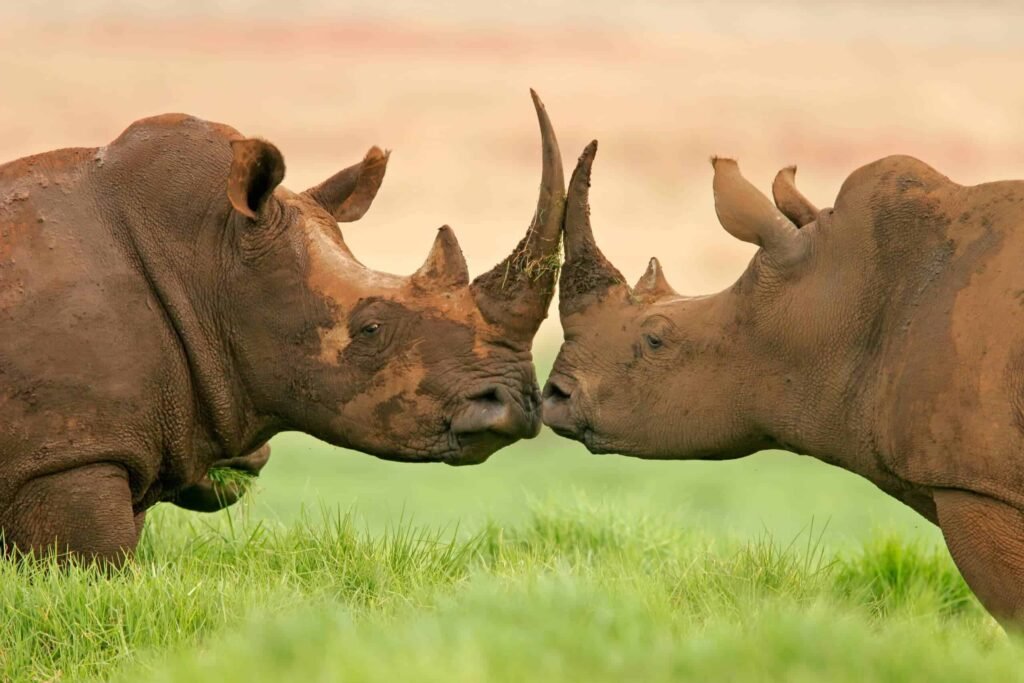Picture this: an ocean predator so immense that it made even the great white shark look small and unthreatening—a beast whose jaws could crush a car in a single snap. This isn’t science fiction or a sea monster myth; it’s the story of Megalodon, the colossal shark that once ruled our planet’s seas. Its bite was so powerful, it easily eclipsed that of Tyrannosaurus rex, earning Megalodon a place in the annals of prehistory as one of Earth’s most formidable hunters. But how did this ancient giant live, hunt, and eventually vanish? Let’s dive into the fascinating world of Megalodon and discover why scientists and adventurers alike remain captivated by this prehistoric marvel.
The Rise of a Giant: Megalodon’s Origins
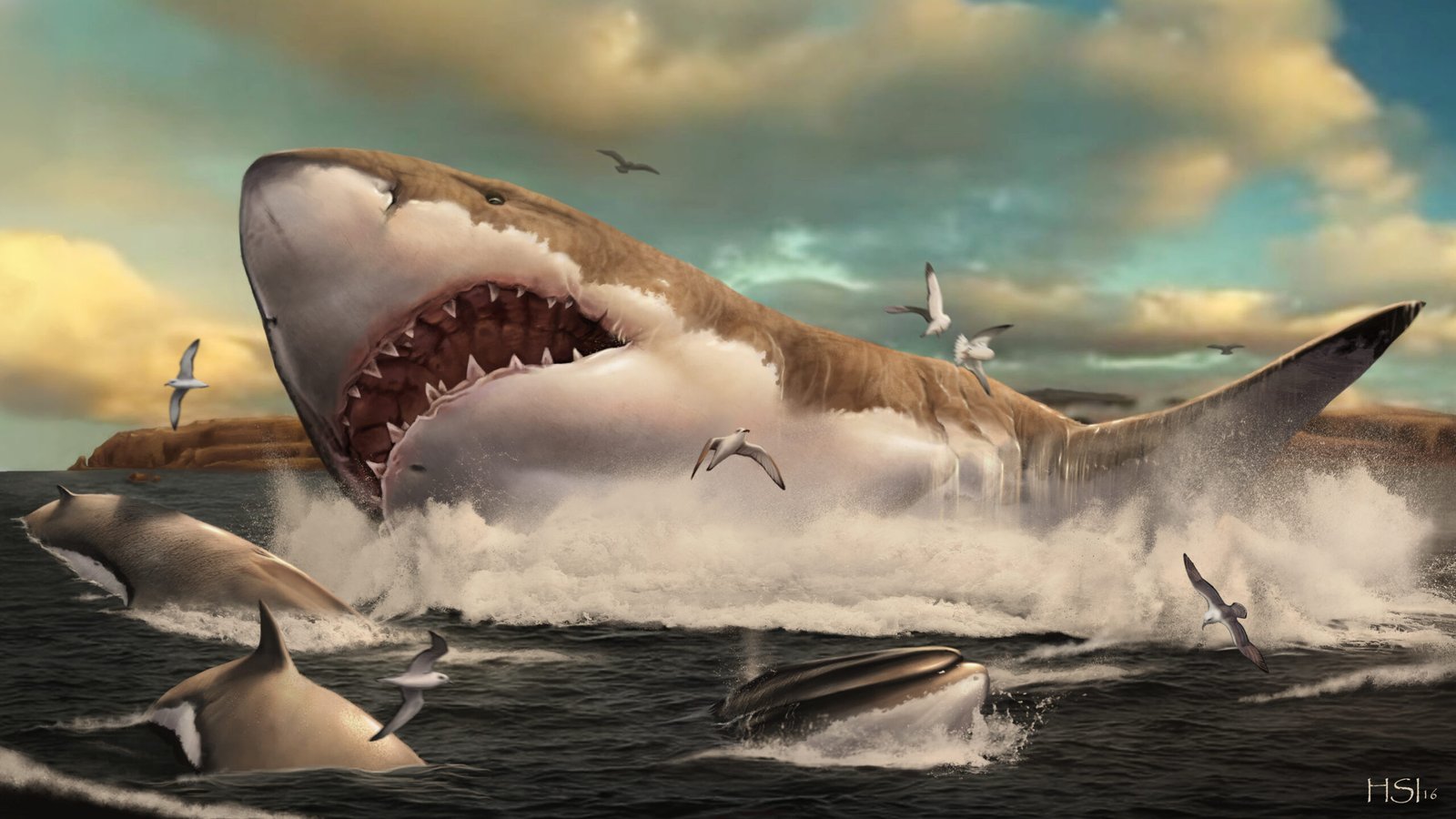
Megalodon, whose name means “big tooth,” first appeared around 23 million years ago during the Miocene epoch. It belonged to the order Lamniformes, a group that includes today’s great white sharks. As the oceans warmed and teemed with marine life, Megalodon evolved to take advantage of these rich hunting grounds. Fossil evidence suggests that these sharks quickly became apex predators, dominating coastal waters and open seas. Their rapid growth and massive size set them apart from any other shark species, past or present. Megalodon’s rise was no accident—it was shaped by millions of years of evolution and the perfect oceanic conditions.
Unmatched Size: Just How Big Was Megalodon?
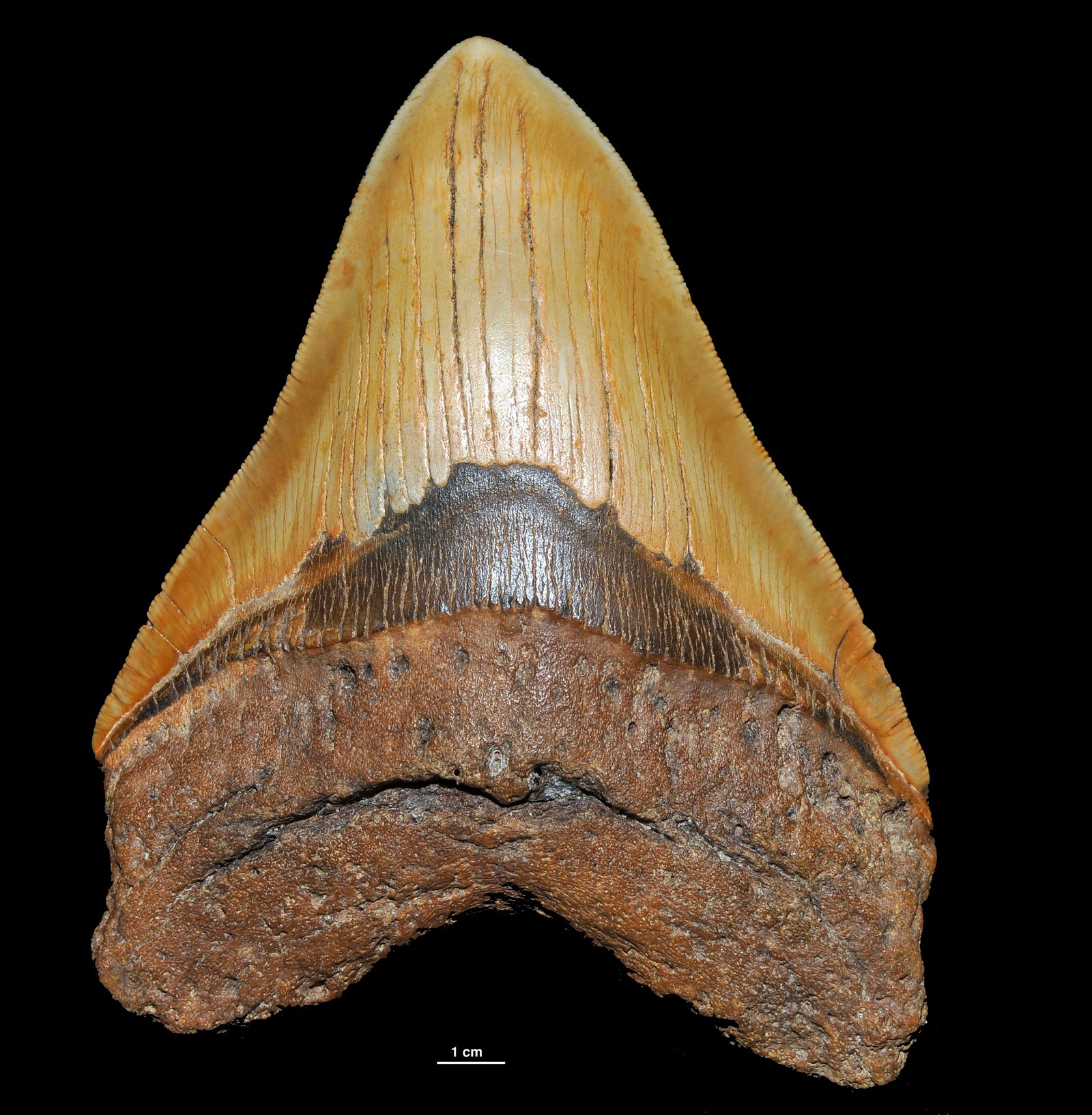
The true scale of Megalodon is nothing short of jaw-dropping. Scientists estimate that adult Megalodons could reach lengths of up to 60 feet—roughly the size of a city bus or a bowling lane. Their mouths alone were over 9 feet wide, large enough to swallow two adult humans side by side. Fossilized vertebrae and teeth, some bigger than a human hand, have helped paleontologists reconstruct the size and power of this ancient predator. To put it in perspective, Megalodon dwarfed even the largest great white sharks, making them look like mere minnows by comparison. The sheer bulk of Megalodon allowed it to prey on the largest animals of its time, including whales.
The Bite That Shocked Science
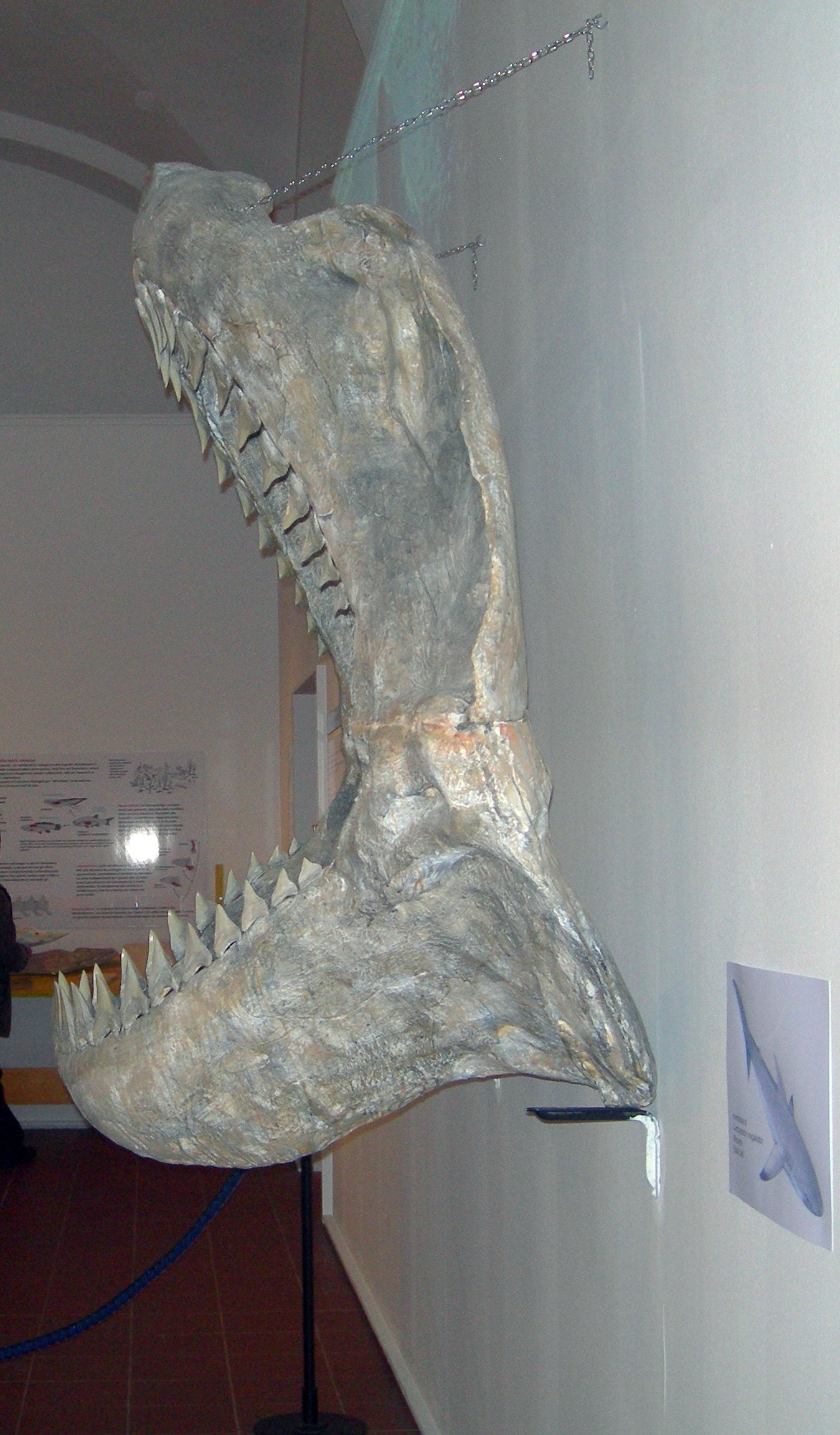
If there’s one thing that sets Megalodon apart, it’s its bite force. Recent computer models and fossil studies suggest that Megalodon’s jaws could generate a staggering 40,000 pounds of pressure per square inch. That’s more than double the estimated bite force of Tyrannosaurus rex, one of the most fearsome land predators ever to walk the Earth. With this kind of power, Megalodon could shatter bones, split whale skulls, and tear through thick blubber with alarming ease. It’s no wonder paleontologists describe its bite as a “living chainsaw.” This immense force gave Megalodon a terrifying advantage over its prey, allowing it to take down animals that would have been untouchable for other predators.
Terrifying Teeth: Nature’s Perfect Weapons
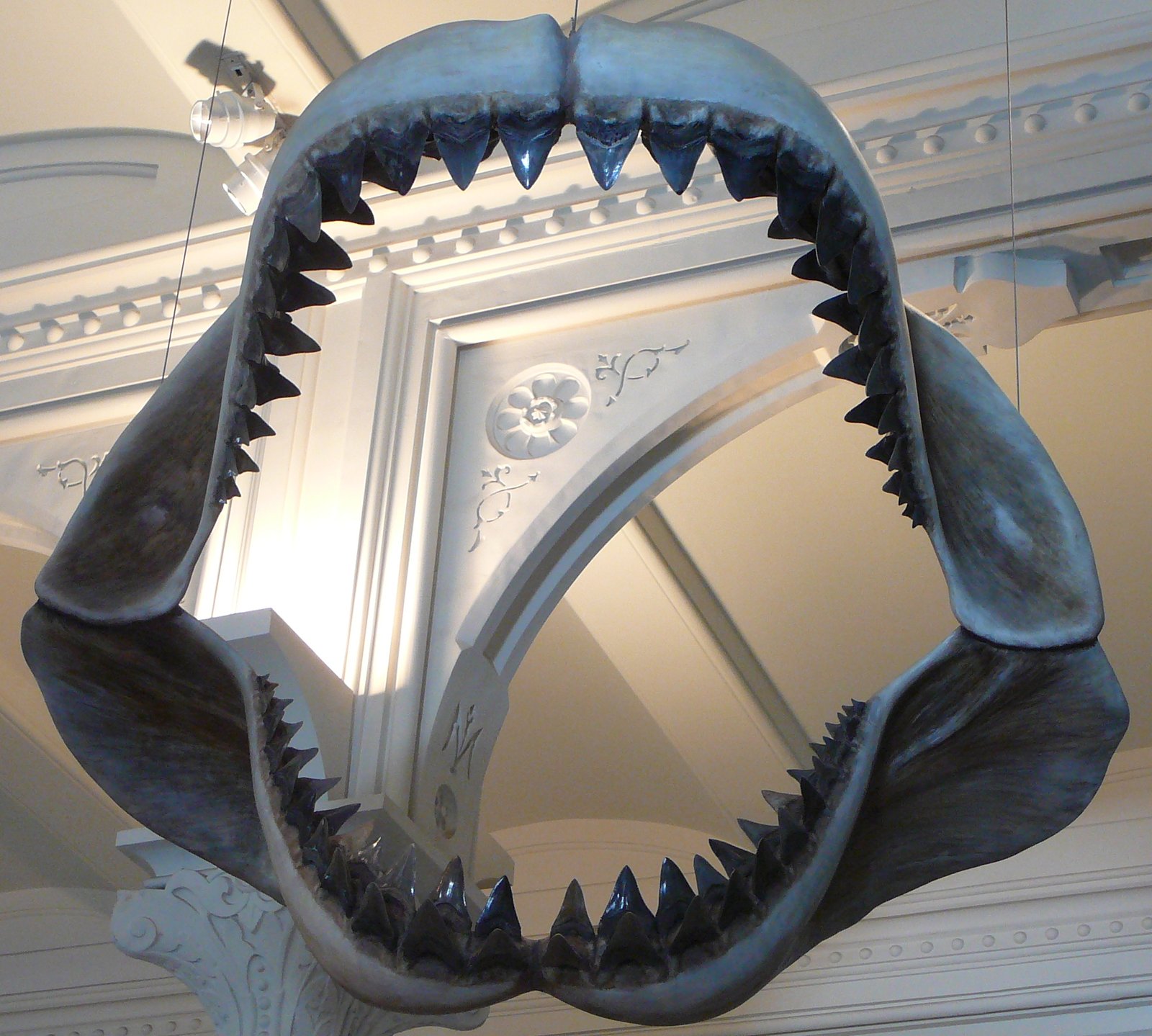
Megalodon’s teeth are legendary in their own right. Each tooth could measure over 7 inches long, serrated like a steak knife, and perfectly shaped for slicing through flesh and bone. Unlike humans, Megalodon had rows upon rows of these deadly teeth—over 250 in its mouth at any given time. When a tooth fell out, another would quickly take its place, ensuring this predator was always ready for its next hunt. Fossilized Megalodon teeth are highly prized by collectors today, often found on beaches and riverbanks, a haunting reminder of the monster that once prowled the ancient seas. These teeth were so efficient, they inspired the design of modern tools and even influenced our understanding of how ancient sharks hunted.
Hunting the Giants: Megalodon’s Prey
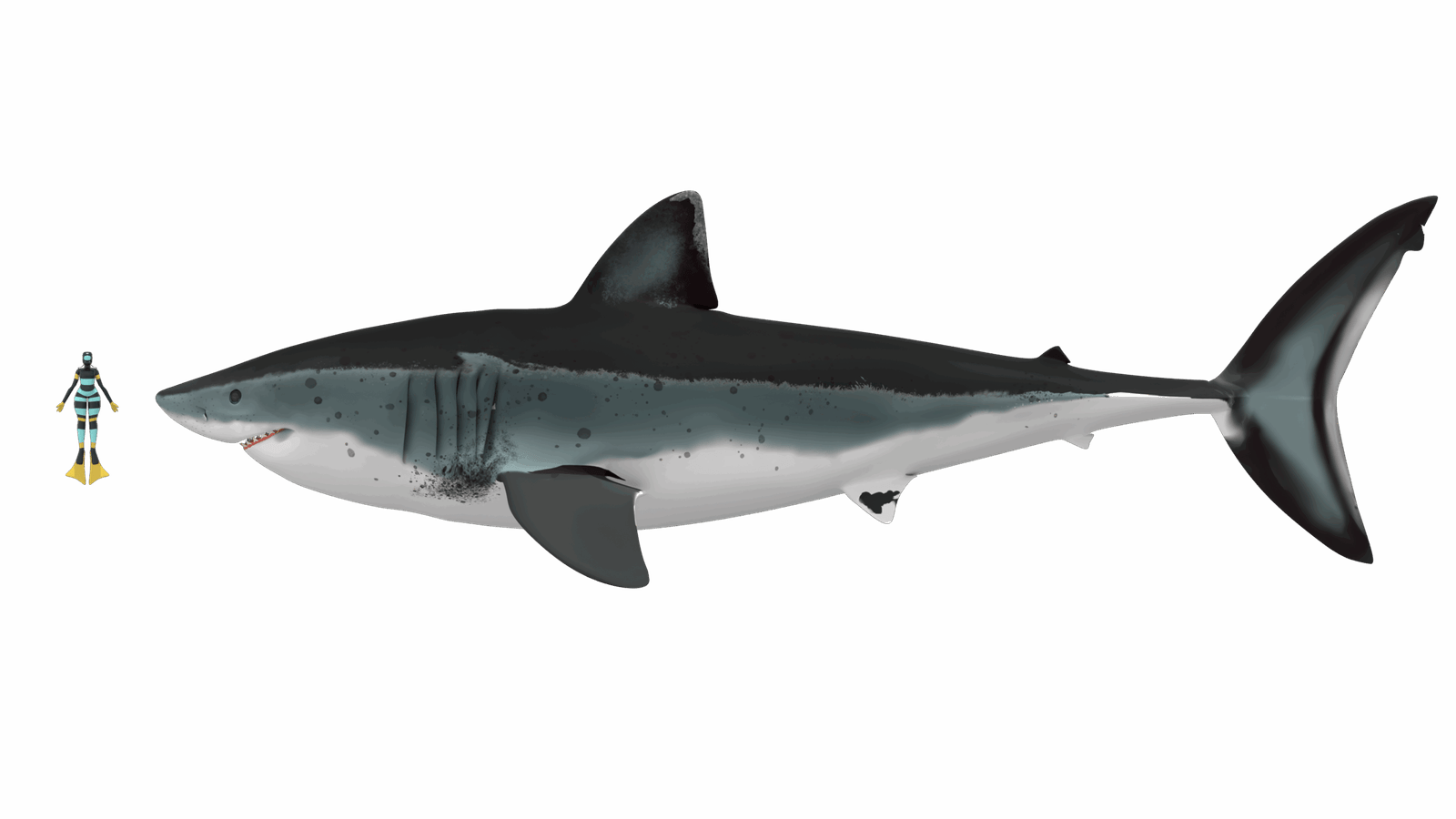
Megalodon wasn’t picky—it hunted anything it could overpower, but its favorite meals were the giants of the sea. Fossil evidence shows that Megalodon preyed on whales, dolphins, sea turtles, and even other large sharks. Scars and bite marks on ancient whale bones reveal a brutal hunting style: Megalodon often attacked from below, crushing rib cages and immobilizing its prey with a single devastating bite. Some scientists believe Megalodon targeted the fattest, most energy-rich parts of its prey, like the chest and fins, to maximize its energy intake. This ruthless approach made Megalodon the undisputed king of the ocean food chain for millions of years.
Reconstructing a Legend: Fossils and Modern Science
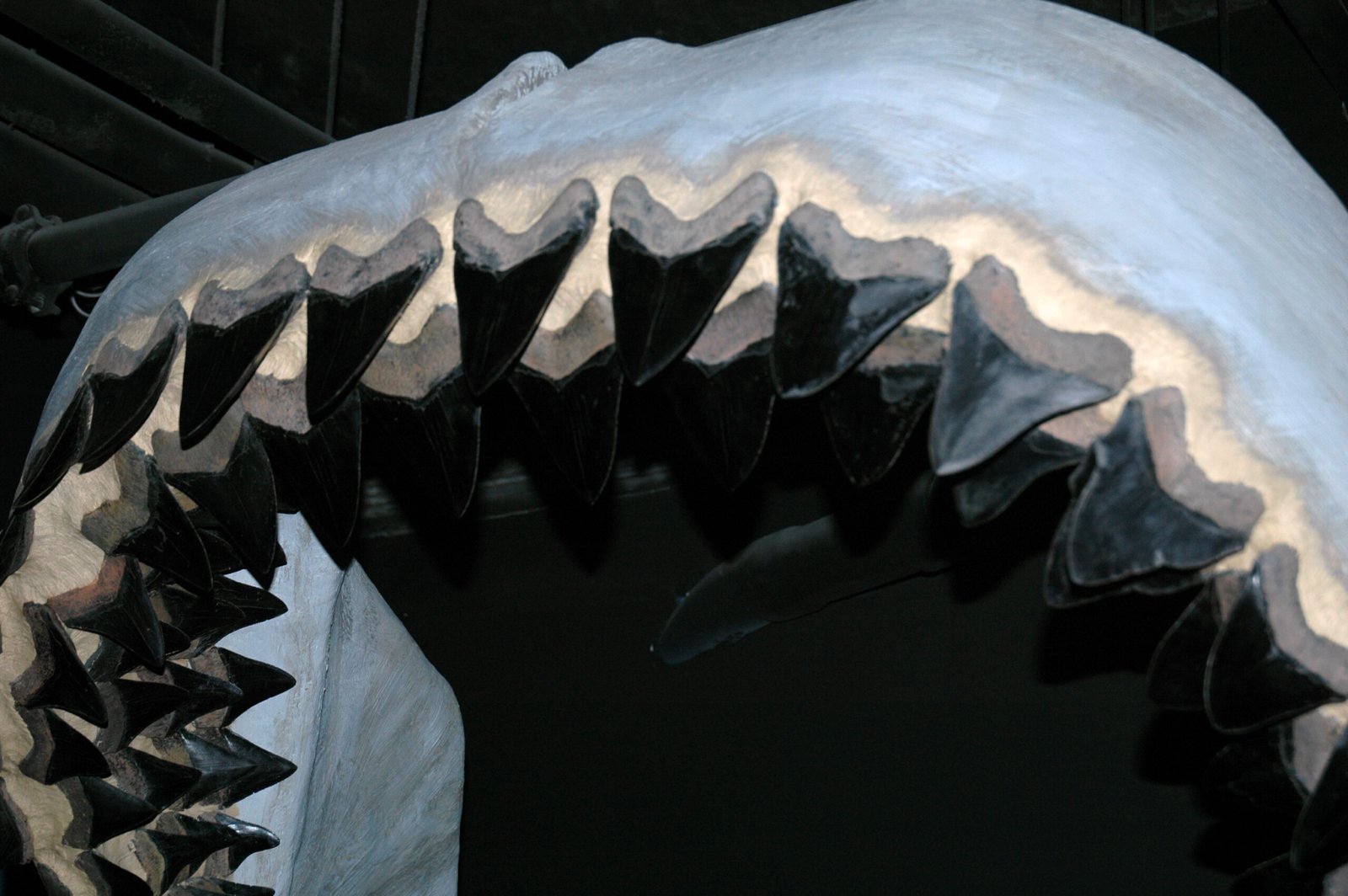
Much of what we know about Megalodon comes from its fossilized teeth and vertebrae. Unlike bones, shark cartilage doesn’t fossilize well, so teeth are often all that remain. These fossils have been found on every continent except Antarctica, showing just how widespread Megalodon once was. Paleontologists use these fossils to estimate not just the size, but also the age and growth patterns of individual sharks. Recent advances in scanning technology and computer modeling have allowed scientists to create 3D reconstructions of Megalodon’s jaws and even simulate its bite in virtual reality. With every new discovery, our picture of this ancient predator grows sharper and more awe-inspiring.
Comparing Megalodon to Modern Sharks
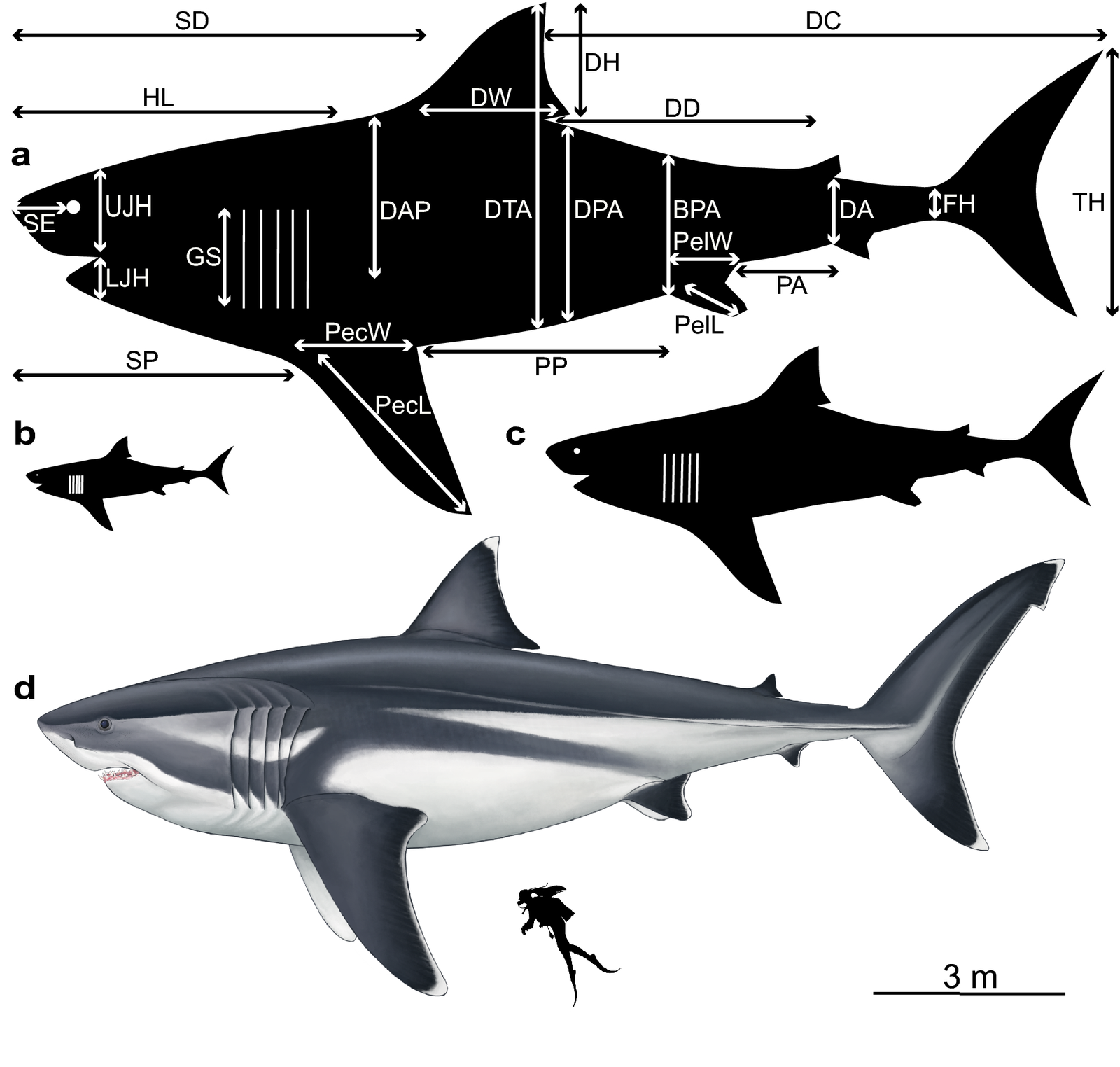
Today’s great white shark is often seen as the closest living relative to Megalodon, but the differences are striking. While great whites can reach lengths of up to 20 feet, Megalodon was at least three times larger. The great white’s bite, though formidable, is nowhere near as powerful as Megalodon’s crushing jaws. Additionally, Megalodon’s hunting strategy was more aggressive and targeted larger prey, including early whales. Modern sharks, while still deadly, tend to avoid larger animals and focus on fish or seals. This comparison highlights just how unique Megalodon was in the history of ocean life—a true outlier in size, strength, and predatory skill.
Why Did Megalodon Disappear?
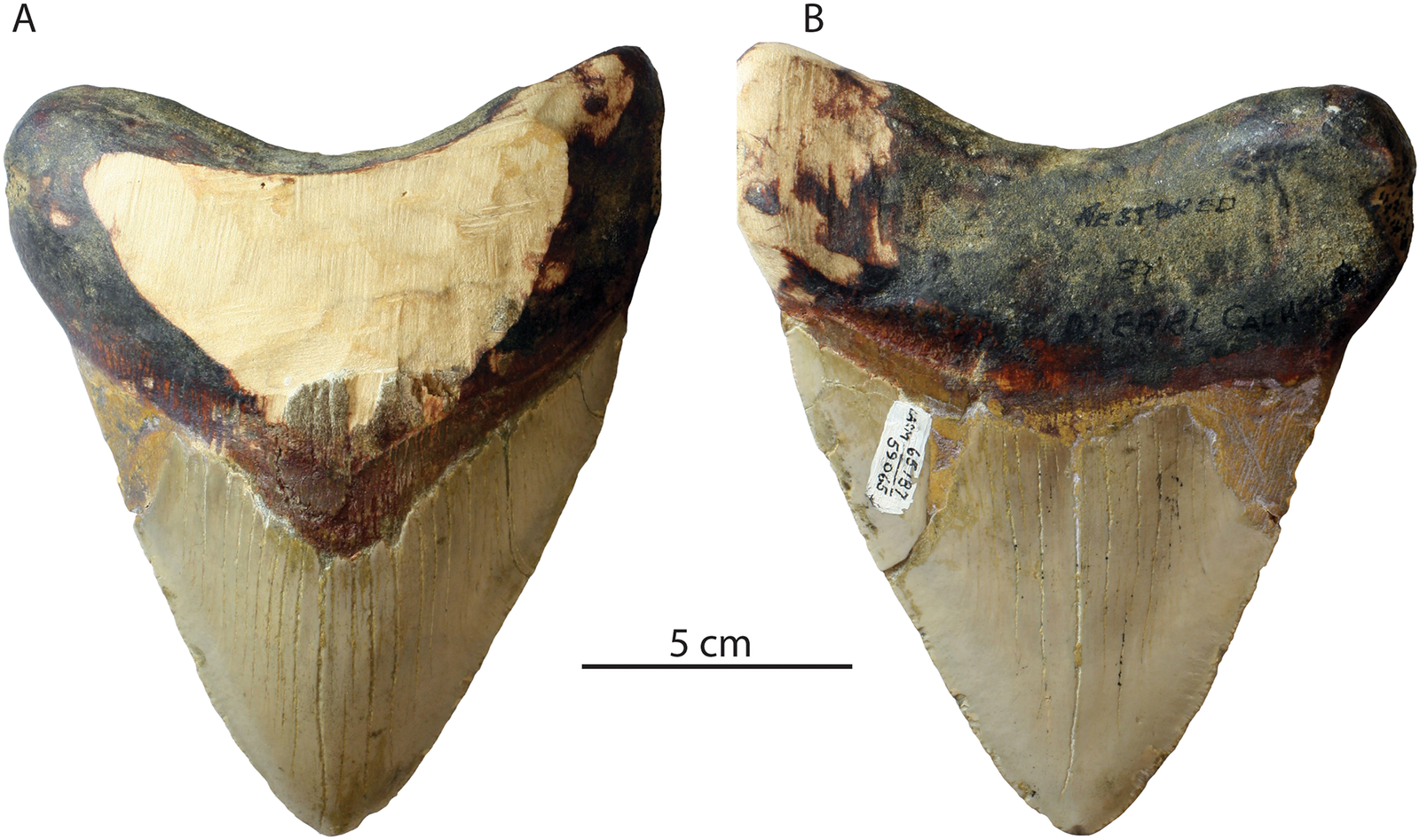
The sudden extinction of Megalodon has puzzled scientists for decades. Most experts agree that a combination of climate change, declining prey populations, and competition from emerging predators like orcas and smaller sharks played a role. As the oceans cooled around 3.6 million years ago, many of Megalodon’s favorite prey species either migrated or became extinct. At the same time, new, more agile predators entered the scene, making survival tougher for the giant shark. Some researchers suggest that Megalodon’s massive size, once its greatest advantage, became its downfall—it simply couldn’t adapt quickly enough to the changing world.
The Legacy of Megalodon in Popular Culture
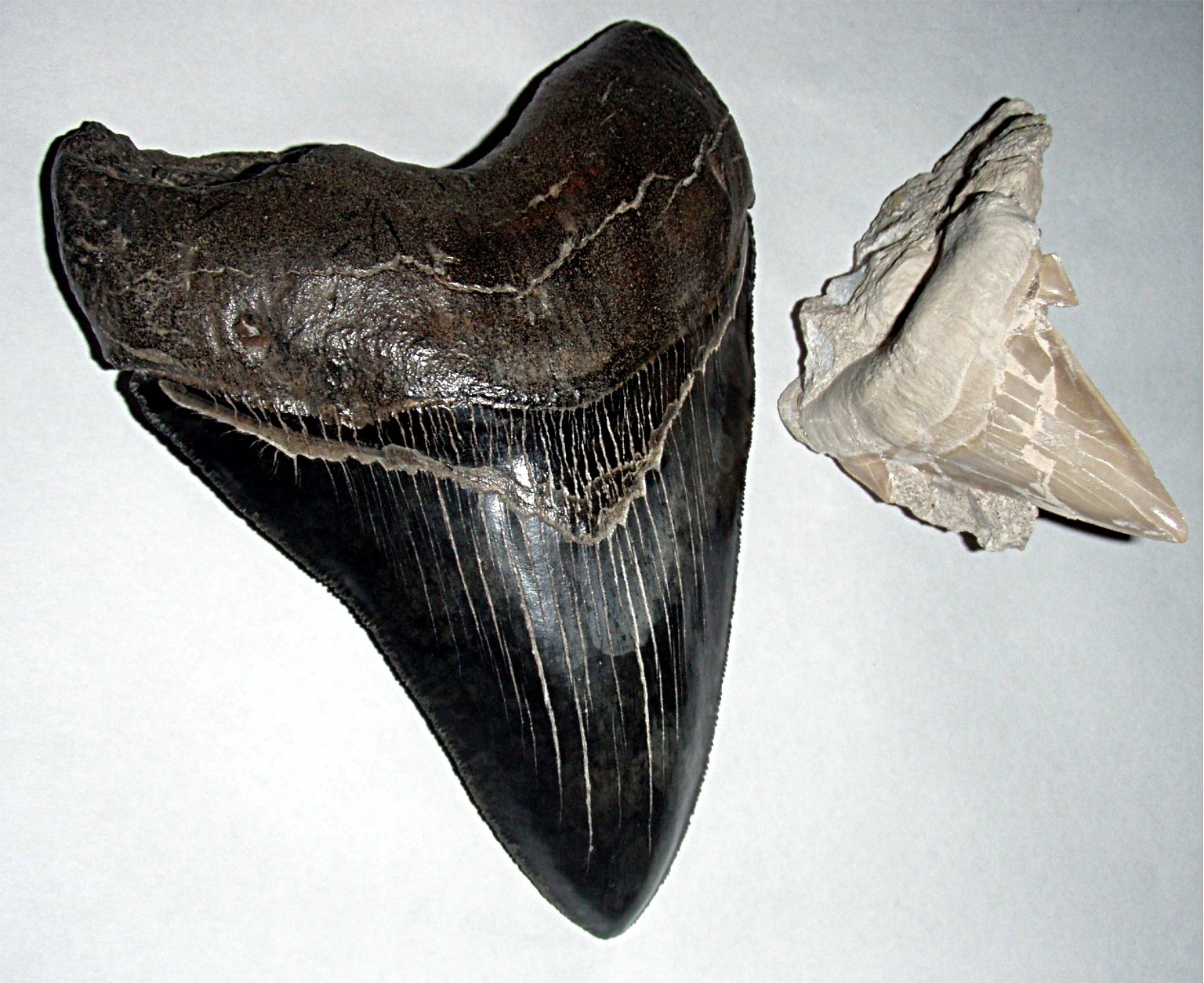
Even though Megalodon vanished millions of years ago, its legend is alive and well in popular culture. From blockbuster movies to video games, this ancient shark continues to fascinate and terrify audiences. Its teeth are prized collectibles, and its story inspires countless documentaries and museum exhibits. Megalodon has become a symbol of nature’s raw power and the mysteries still hidden in our oceans. The idea that such a giant could once swim in the same seas we visit today sparks the imagination and fuels ongoing searches for “living fossils” in unexplored ocean depths.
Searching for Megalodon Today: Fact vs. Fiction
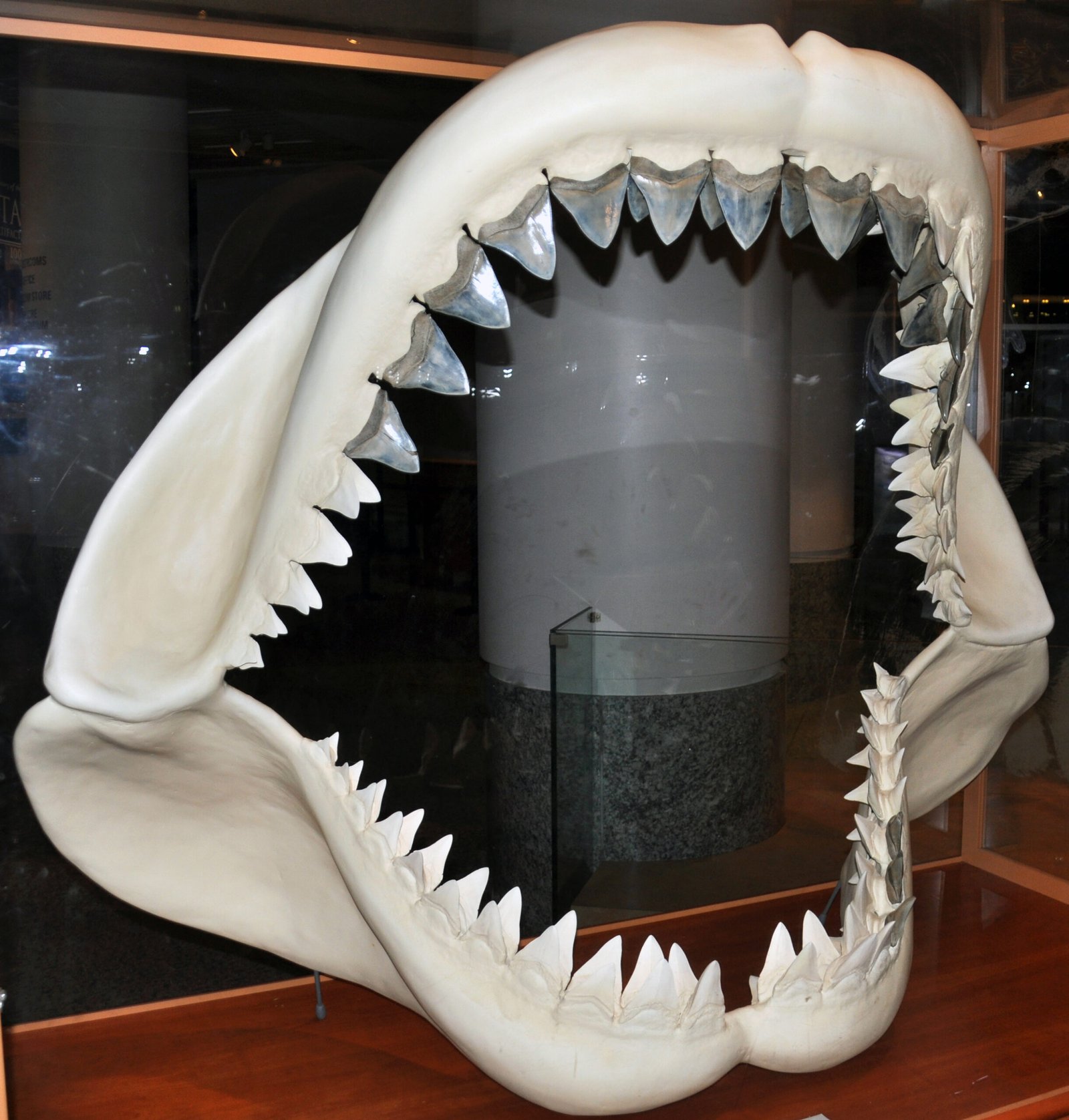
Rumors and myths occasionally surface claiming Megalodon still exists, lurking in the deep sea. While these stories capture the public’s imagination, scientific evidence firmly places Megalodon’s extinction around 3.6 million years ago. Marine biologists cite the lack of contemporary Megalodon teeth and the absence of bite marks on modern whales as clear evidence of its disappearance. Still, the enduring mystery and romance of the deep sea make it easy for people to dream of a surviving monster. These tales remind us how little we know about the vast, unexplored parts of our own planet—a frontier that continues to invite wonder and speculation.
The Enduring Fascination with Megalodon
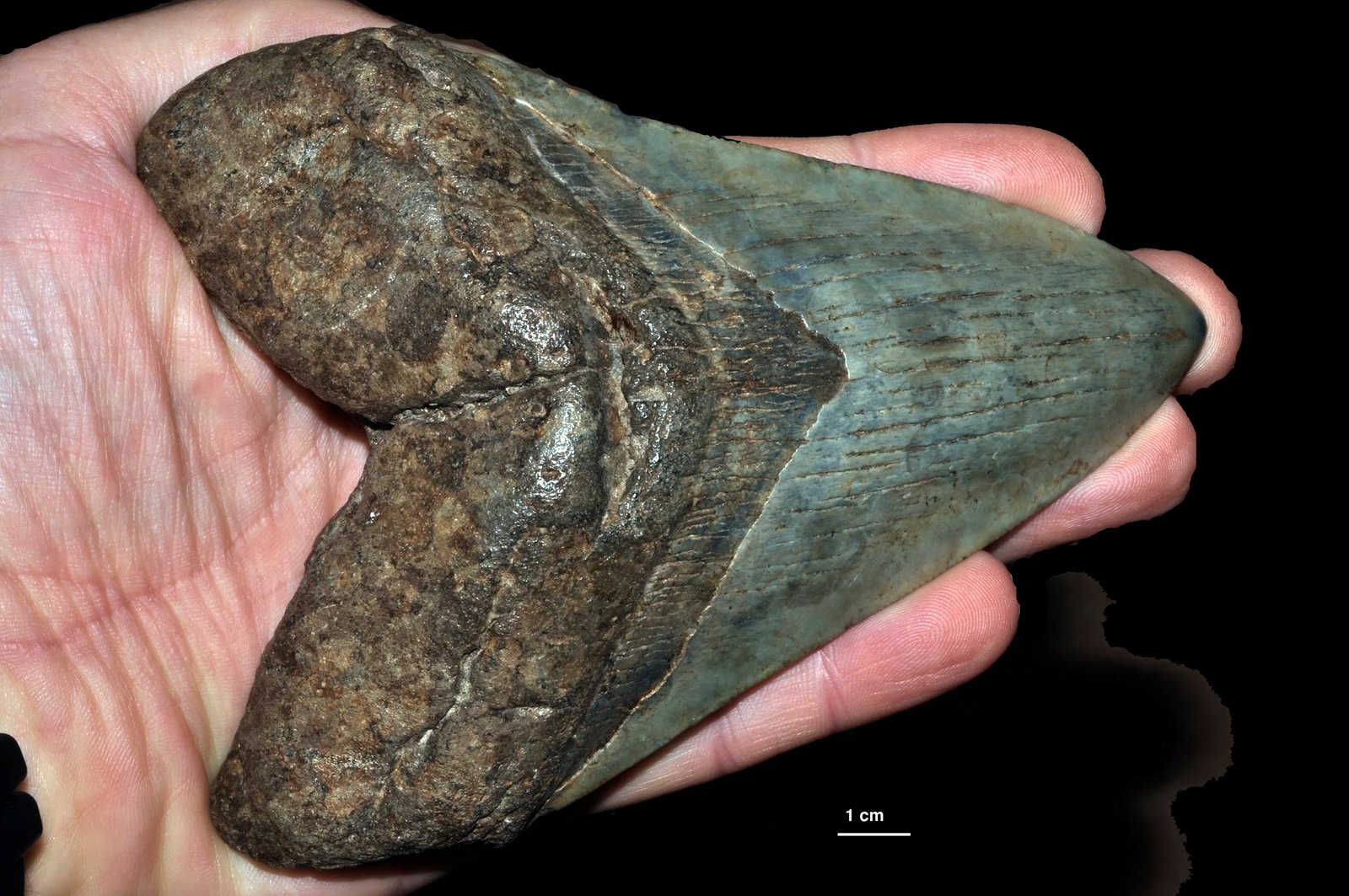
Megalodon’s story is more than just a tale of an ancient ocean giant—it’s a testament to the awe-inspiring power and unpredictability of nature. This incredible shark reminds us of a time when monsters truly ruled the seas, and it challenges us to keep exploring, questioning, and marveling at the world around us. As we uncover more about Megalodon’s life and legacy, we’re reminded that the past is full of surprises and that the most astonishing stories are often the ones written in the bones and teeth of creatures long gone. Would you ever dare to swim in the waters where Megalodon once hunted?


